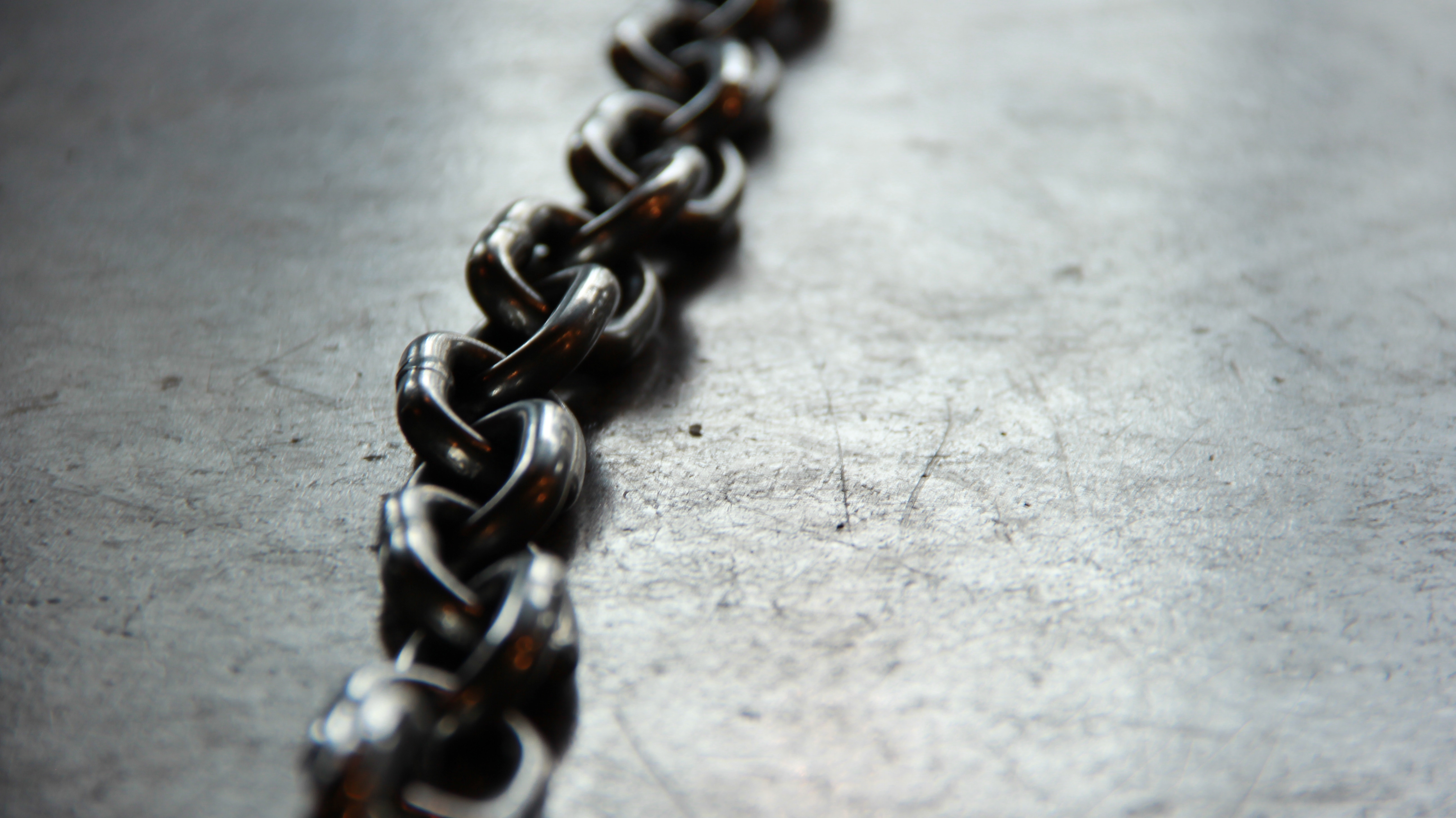
Imagine that you own an oil rig standing out in the ocean. It relies on a firm foundation to stay above the waves and currents of the ocean below. Its sole purpose is to stand steadfast and collect something valuable. The ocean’s currents offer a constant challenge, but also the opportunity that more oil may lie beneath.
Your blog is the platform, and the internet is the ocean. Your audience is the valuable oil lurking just beneath the surface. It’s your job to discover your audience, find ways to draw them out, and keep the stream of new readers flowing.
Here’s how you can build a blog that will stand the test of time, and keep excited visitors returning for more.
Powerful, comprehensive CMS (Content Management System)
Your content management system (CMS) is the platform that stores and configures how your content will be displayed on your visitor’s computer, tablet or smartphone. There are three main considerations for selecting a powerful CMS:
- Cost: How much does it cost to create the site? Are there ongoing licensing costs? How expensive are plugins?
- Mobile compatibility: As Google moves to a “mobile first” policy on ranking sites, how well will your site perform on mobile devices? Speed and clean presentation are very important.
- Plugins: What tools currently exist for your CMS? Can you quickly and easily install plugins that improve your site, without the added expense of hiring a web designer?
The three major CMS choices are WordPress, Joomla and Drupal. All three are free. While Drupal is only used by 8% of websites, it offers the most robust feature list. But, it’s much more challenging to learn. Instead, most website owners choose WordPress.
I personally love WordPress because of its SEO capabilities. Search Engine Optimization is important for ensuring that your site shows up in Google’s search results. But, more on that in a moment.
Solid content
The biggest reason that people will return to your site is because of the quality of the information that you share. Is your content exciting, unique and informative? Spend extra time creating compelling articles, tutorials and listicles. You’ll find that readers appreciate an informed view on the topics that matter to them.
And if you’re having trouble figuring out what to write about, it’s time to create a content calendar. Print out a 30-day calendar. Fill it in with one article per day, or at least a couple per week. The topics that you write down should build on one another.
The more fresh content you publish, the better your site will perform. But never sacrifice quality for quantity.
Internal link structure
The way that your articles relate to one another is important. Internal links are ways for readers to experience more of your blog by visiting other content you’ve produced.
I like to create a cornerstone article, or an article that provides a ton of stats about a broad topic. Then, every article that references these stats will have an internal link back to this cornerstone content. I provide readers with in-depth information, and back up my assertions with an internal database of stats that position me as a subject matter expert.
Think of your blog as a pyramid. A cornerstone piece would be at the top of the pyramid, with many links sending readers to it. Then, other more focused content would form the base of the pyramid – offering readers an in-depth look at a topic, while directing them to more information.
YoastSEO has an excellent blog article that outlines the pyramid technique for building categories.
A powerful CMS, combined with excellent content and a robust internal link structure can’t be beaten!
There are a ton of articles that claim to hold the secret to your blog’s performance. I promise you, if you goof on one of these three principles, everything else you do will be weighed down by these underperforming pillars.
Once you have these pillars in place, continue building by:
- Aggressively promoting content via branded social media channels.
- Reach out to influencers in your space and find ways to cross-promote each other’s content.
- Refresh outdated content and ensure titles, meta tags, and image descriptions are optimized for SEO.
- Create video content to supplement your written content – video really amps engagement.
The work of a successful blogger is never-ending. But, if you keep your priorities in line, you can make the most of every day.
And if you’d like to know how you can start blogging consistently in 30 minutes a day or less, read our eBook!





I like the oil lurking example. Couldn’t have had a more opt one. Good CMS and high quality content once combined with a robust interlinking is unbeatable – well said.These three things really are the base foundation pillars for a blog.Thanks for such a nice article. Cheers!
-Shivangi, Marketing Head, RankWatch